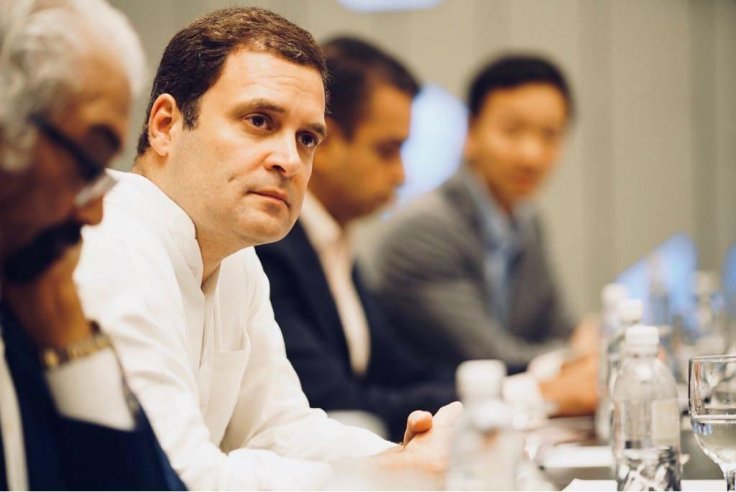
In May 2014, when BJP under Narendra Modi emerged victorious, Congress leader Rahul Gandhi was almost written off, let alone given a chance as opposition leader since he could not manage even 10 per cent of the seats in the Lok Sabha, India's Lower House. His abrupt disappearance for over two months soon was interpreted as his ultimate sojourn somewhere abroad.
No national or regional media took note of the defeated leader. BJP, entrenched by then with an army of social media influencers had unleashed a storm against him belittling him as Pappu, though it was his nickname, it also means a boy who's not mature.
The political journey for Rahul Gandhi was almost sealed with no media backing, leave alone vying for his reaction on national issues. Prime Minister Narendra Modi remained the epitome of success and majority of Indians flocked to him. Except one remote columnist who had suggested that Rahul Gandhi should introspect, strive and struggle his way back to victory, the way YS Rajasekhara Reddy managed in Andhra Pradesh for over a decade before winning the 2004 Assembly elections.
From visiting villages of his constituency Amethi, sometimes riding a pillion on two-wheeler, Rahul Gandhi was able to keep the national media glare away and feel the rural pulse better than any leader in the corridors of power. What followed was huge consecutive electoral defeats except Karnataka. The Congress citadel was almost driven to extinction, when he took over as President of the grand old party in India.
Not surprisingly, social media initiative roping in talent to steer the Congress party to counter BJP trolls came as relative relief strokes. Soon, an exposure of how fake claims and fake propaganda started unveiling the sinister design behind systematic online trolls against Rahul Gandhi. When the fight against Fake News took a global perspective, India too became a hotbed of online army fighting them constantly and the Congress was able to cover itself from the onslaught.
The year 2016 saw the unilateral demonetisation that drove millions of Indians, mostly the poor and the middle class, to stand in queue but nobody objected to it as it was depicted as an anti-corruption drive. Even the GST could not elicit immediate reaction among the traders. The elections held in Uttar Pradesh two years ago ushered in a new era for BJP, clearing the path for its expected victory in national elections as well.
Even close allies of Congress started deserting the party just a year before the current Lok Sabha elections but an isolated Congress emerged stronger with unity that was hardly seen in its ranks. Following the electoral gains in Madhya Pradesh, Rajasthan and Chhattisgarh in December 2018, the tables were turned around for BJP to scurry for cover.
From a political fight where there were no issues, Rahul Gandhi took the leaf VP Singh's mantra in 1989 when he had repeatedly harped on Bofors scandal. Rafale aircraft deal gave him the loose ends and he managed to rattle the fort. Secondly, jobs proved a far more powerful and evergreen issue. Finally, rural appeasement that proved beneficial in 2004 for the Congress to return to power under Sonia Gandhi, this time took the shape of NYAY or minimum income guarantee scheme to help the poorest 20 per cent of India's population.
Irrespective of secret exit polls or selective insider polls, by May 23 the air on India's election scene gets cleared. Only two names will be written on the wall on this day -- Rahul Gandhi or Narendra Modi.










